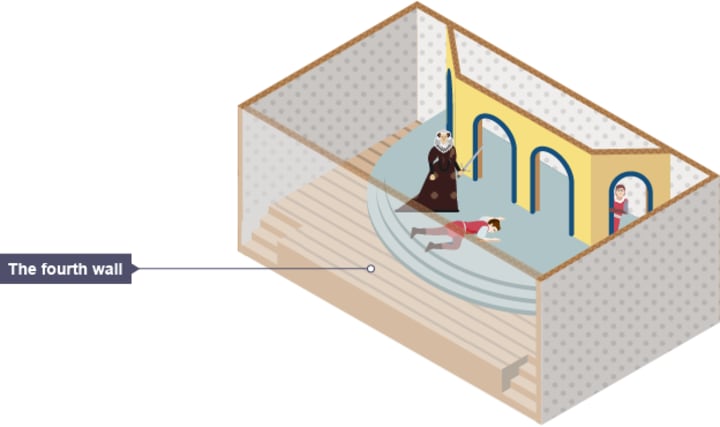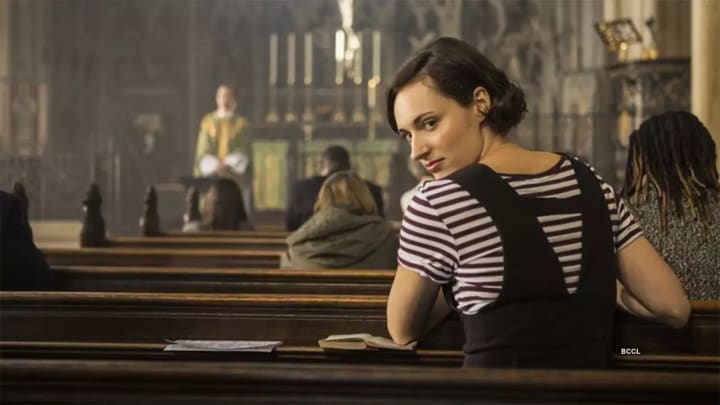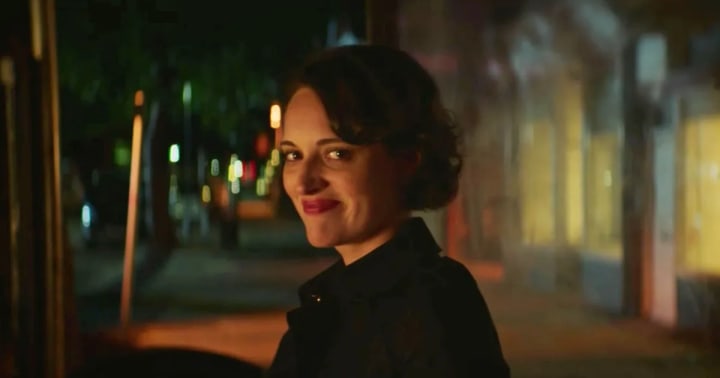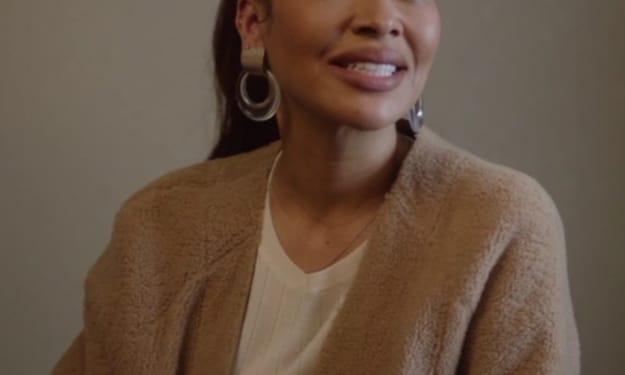
The fourth wall is an imaginary wall that separates the story from the real world. This term originally comes from the theatre, where the three surrounding walls enclose the stage while an invisible “fourth wall” is left out for the sake of the audience.
This applies to film and television, with the fourth wall being the screen we’re watching. This wall is treated like a one-way mirror - the audience can see and comprehend the story, but the story and characters cannot comprehend the existence of the audience.

If you break that wall, you break that illusion of separation between story and audience. This is actually called “Breaking The Fourth Wall" and this has also been described as the story becoming aware of itself. So you need to be certain that this technique is right for your script, because once your character breaks that wall and talks directly to the audience, that wall can't be put back up again - because both the audience and character are aware of it.

For this writing style, we will be taking a look at Phoebe Waller-Bridge's notorious character Fleabag and how she draws the audience more into the story through breaking the fourth wall. Fleabag centres n a dry-witted woman, who has no filter as she navigates life and love in London while trying to cope with tragedy. The angry, grief-riddled woman tries to heal while rejecting anyone who tries to help her, but Fleabag continues to keep up her bravado through it all.
Going back to its origins, Fleabag began its life as Waller-Bridge's 2013 Edinburgh Festival Fringe one-woman play of the same name which won her a Fringe First Award. The contrast of Fleabag's portrayal on screen vs stage also impacts how this character breaks the fourth wall.

In the stage play, Fleabag is the only character we see on stage, therefore she has no choice but to interact with the audience. The pacing of this dialogue delivery is much slower and even relaxed at times. Because this is Fleabag sat in a chair with no one but the audience, it gives an intimacy as Fleabag confides her darkest thoughts and feelings and this forces the character to become uncomfortably vulnerable throughout the play. This is also writing in a past-tense style, with the actress playing Fleabag portraying the other characters - Dad, Claire, Harry, Godmother - as she explains past events.
The only other role we hear is the disembodied voice of the Banker Fleabag begins and ends the play with, who she again faces the audience with these scenes. How Waller-Bridges pens this show not only gives Fleabag's dark humour depth and a one-on-one connection with the audience, but serves as a physical reminder of how isolated she is - even though she casually dismisses her family and romantic conquests, her only real companions on stage are her loneliness and grief.

In the TV show, Fleabag's breaking the fourth wall is much quicker and sometimes just uses a look to convey her inner thoughts. The audience still serves as Fleabag's confidant, but there are two drastic changes: None of the other characters except the Hot Priest notice Fleabag's breaking of the fourth wall, which implies no one is aware of how Fleabag feels or thinks and Fleabag has moments of embracing her watching audience and quite literally running from it at times.
On this choice of style where Fleabag is aware of an audience watching her at all times with her flaws and vulnerabilities as well as her wit and humour on display, Waller-Bridge states:
“I feel like it’s that pressure of being watched,” said Waller-Bridge, “and feeling watched, and feeling like if you’re not being witnessed, does what you’re doing count for anything, does it matter? But then, the flip side of that is: if you’re constantly witnessed, you can never really… you’re too frightened to slip up or let someone see you be vulnerable. So she’s constantly grappling with this need for the audience to be there, to validate her, and also to leave her alone so she can experience things on her own. So, for me, it was more about that.”
On stage, Fleabag's vulnerability is expressed through dialogue whereas the TV show expresses it through her actions. We also see Fleabag's relationships with her family and how she does not quite fit into this dynamic since her mother's death and this has a similarly with her friend's recent death where she won't even give names to her romantic interests - excluding her ex-boyfriend Harry, we have Arsehole Guy, Bus Rodent, Hot Misogynist and the Priest. This could also hint at Fleabag's fear of being emotionally vulnerable with someone, so she discards them with nicknames as a way to distance herself from developing feelings.

Actually, this is really a story about someone learning self-love. Because the audience sees her with so many walls up, when she chooses to let down her guard to accept that she's in love it ends in heartbreak. And she's okay with that. That acceptance of knowing she is worthy of love is enough for now and she's able to walk away from her audience with peace of mind - even giving a small wave in the final episode:
“[Director Harry Bradbeer] said, ‘You’ve written the story of a woman who can’t love herself and then, in the end, she realises that she can love herself,'” recounted Waller-Bridge. “And I was like, ‘Goddammit, I didn’t write anything that mushy!'” Later, she described the ending as Fleabag “maybe not even [coming to] love herself, but [realising] that she can love and that she can be loved. And that means she doesn’t need from from the camera the whole time.”
Breaking the fourth wall can be a great tool in exploring a character's inner musings and fears without relying on voiceovers. This also bridges the gap between the character and viewer, bringing internal conflict to the forefront of the story.






Comments
There are no comments for this story
Be the first to respond and start the conversation.